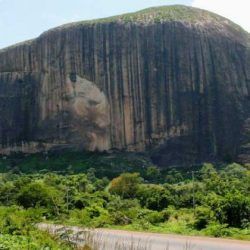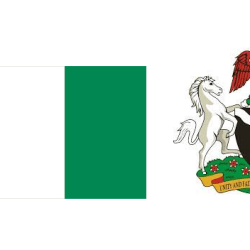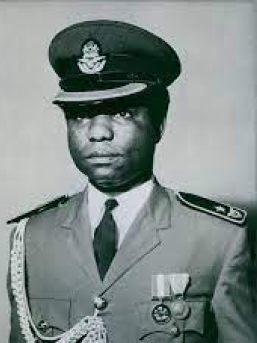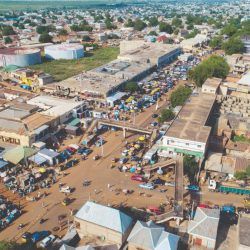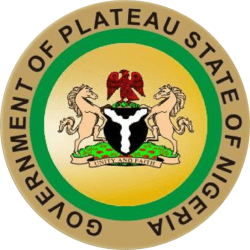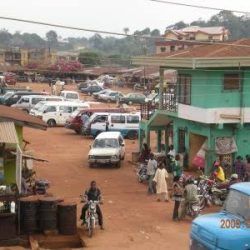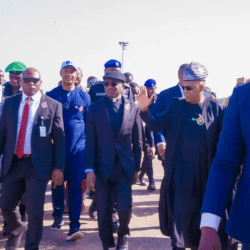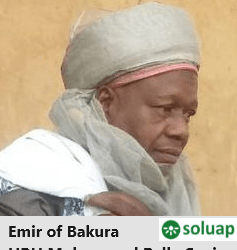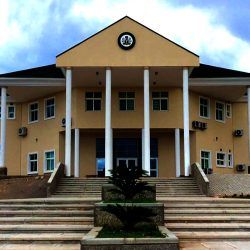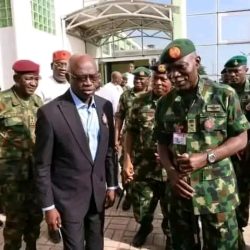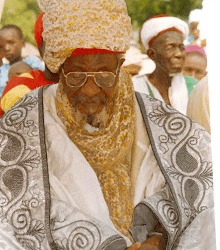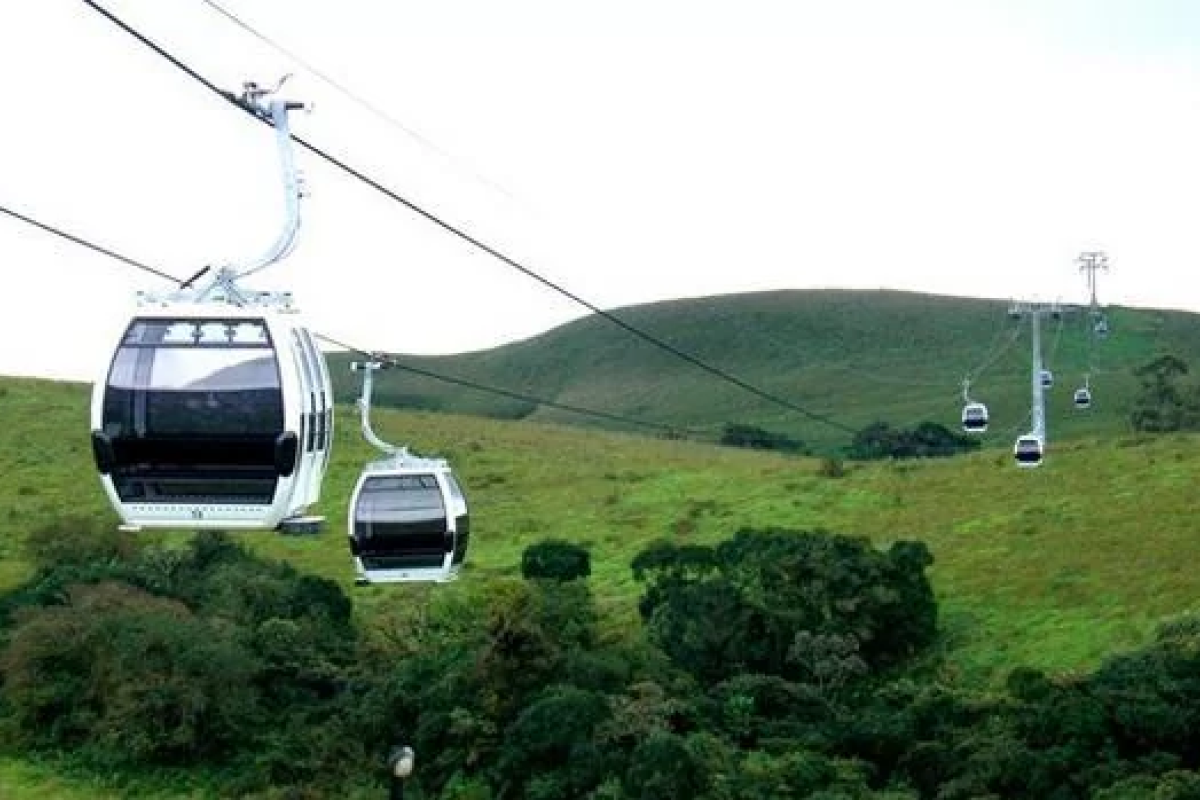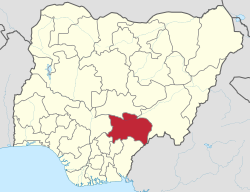Oyo State, popularly referred to as the “Pace Setter” is one of the constituent 36 States of the Federal Republic of Nigeria. It came into existence with the break up of the old Western State of Nigeria during the State creation exercise on 3rd February, 1976.
Brigadier, later Major-General David Medaiyese Jemibewon (rtd) was the first Military Governor of the State (1976-1978). His successor, Colonel, now Major General Paul C. Tarfa, rtd (July 1978-Sept.1979) midwived the transition to civil rule which ushered in the Second Republic on October 1, 1979.
Late Chief Bola Ige was the first Executive Governor, 1979-1983. He was succeeded by Chief Victor Omololu Olunloyo, who was the second Executive Governor between October 1, 1983 and December 31, 1983. His tenure was truncated by the military take-over on December 31, 1983.
On 4th January, 1984, Colonel (later Major-General Oladayo Popoola, rtd.) came in as the Military Governor of the State. In September 1985, he passed the baton to Colonel, now Brigadier General Adetunji Idowu Olurin (rtd). It was the turn of late Colonel (later Brig. General) Adedeji Sasaenia Oresanya, who was sworn-in on 27th July, 1988.
On 3rd September, 1990, Late Colonel, later Major-General Abdukarim Adisa (rtd) was posted to the State as Military Governor. It was during his tenure, precisely Tuesday, 27th August, 1991, that another nationwide State creation exercise was performed during which Osun State with the appellation “State of Living Spring” was carved out of Oyo State.
Chief Kolapo Olawuyi Ishola was sworn-in as the third Executive Governor of the State on January 2, 1992 at the inception of democratic rule in the Third Republic. He was there until November 17, 1993 when General Sanni Abacha came on board as the Military Head of State of the Federal Republic of Nigeria.
At the return of the military in the governance of the country, Navy Captain, later Rear Admiral Adetoye Sode (rtd) was posted to Oyo State as Military Administrator on 9th December, 1993. Colonel Chinyere Ike Nwosu (rtd) was the Military Administrator of the State between 1994 and 1996, while Col. Ahmed Usman (rtd) became Military Administrator of the State between August 1996 and 1998.
The last Military Administrator before the advent of civil rule on May 29, 1999, was Compol (later AIG) Amen Edore Oyakhire (rtd). He handed over to Alhaji (Dr) Lamidi Onaolapo Adesina as the fourth Executive Governor of the State. Senator Rashidi Adewolu Ladoja became the fifth Executive Governor of Oyo State on 29th May, 2003 while Otunba (Dr.) Christopher Alao-Alao became the sixth Executive Governor of Oyo State on 29th May, 2007. The present Governor of Oyo State is Senator Abiola Ajimobi with Chief Moses Alake Adeyemo as Deputy governor.
Ibadan, the capital city, reputed to be the largest indigenous city in Africa, South of the Sahara, had been the centre of administration of the old Western Region since the days of the British colonial rule in Nigeria. Western Region then consisted of the present Oyo, Ogun, Osun, Ekiti, Ondo, Edo and Delta States.
Oyo State
Oyo is a state in Nigeria. It covers a total of 28,454 square kilometres of land mass and it is bounded in the south by Ogun State, in the north by Kwara State, in the west it is partly bounded by Ogun State and partly by the Republic of Benin, while in the East by Osun State.
YEAR FOUNDED: 1976

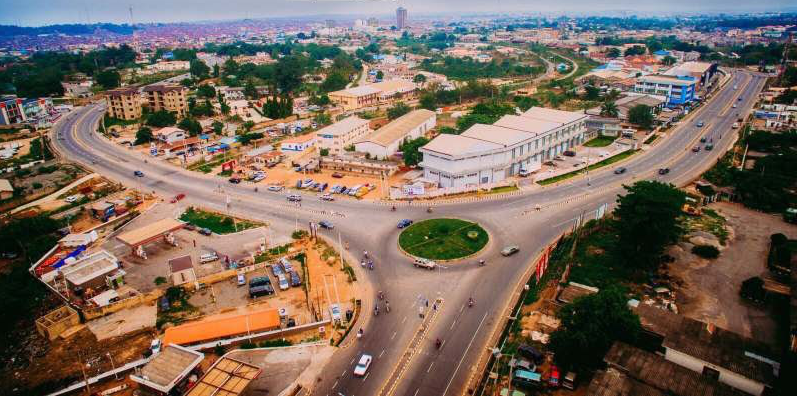
Located in the South-West geopolitical zone of Nigeria, Oyo State was one of the three States carved out of the former Western State of Nigeria in 1976.
33 Local Governments Areas
Oyo State consists of 33 Local Governments and 29 Local Council Development Areas. Local Government Areas are: Afijio, Akinyele, Atiba, Atisbo, Egbeda, Ibadan North, Ibadan North-East, Ibadan North-West, Ibadan South-East, Ibadan South West, Ibarapa Central, Ibarapa East, Ibarapa North, Ido, Irepo, Iseyin, Itesiwaju, Iwajowa, Kajola, Lagelu, Ogbomoso North, Ogbomoso South, Ogo-Oluwa, Olorunsogo,Oluyole, Ona-Ara, Oorelope, Oriire, Oyo East, Oyo West, Saki East, Saki West and Surulere.
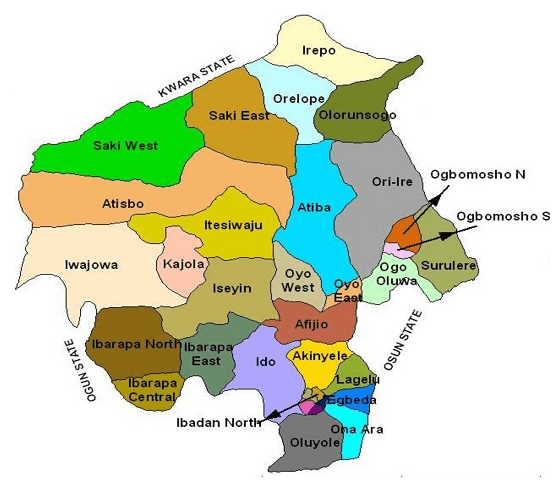
29 Local Council Development Areas
The Local Council Development Areas (LCDAs) are: Aare Latosa, Afijio West, Ajorosun, Akinyele East, Akinyele South, Akinyele West, Akorede, Araromi, Atisbo South, Ibadan East, Ibadan South East, Ibadan West, Ibarapa North-East, Ibarapa North-West, Ifeloju, Iganna, Inukan, Irepodun, Iseyin South, Iwa, Lagelu North, Ogbomoso Central, Ogbomoso South-West, Ogo-oluwa West, Oke’badan, Omi Apata, Surulere North, Surulere South, Wewe.
Topography
The topography of the State is of gentle rolling low land in the south, rising to a plateau of about 40metres. The State is well drained with rivers flowing from the upland in the north-south direction.
The landscape consists of old hard rocks and dome shaped hills, which rise gently from about 500 meters in the southern part and reaching a height of about 1,219 metres above sea level in the northern part.
Climate
Oyo State has an equatorial climate with dry and wet seasons and relatively high humidity. The dry season lasts from November to March while the wet season starts from April and ends in October. Average daily temperature ranges between 25 °C (77.0 °F) and 35 °C (95.0 °F), almost throughout the year. The vegetation pattern of Oyo State is that of rain forest in the south and guinea savannah in the north. Thick forest in the south gives way to grassland interspersed with trees in the north.
Agriculture
The climate in the State favours the cultivation of crops like Maize, Yam, Cassava, Millet, Rice, Plantain, Cocoa tree, Palm tree and Cashew. There are a number of Government Farm Settlements in Ipapo, Ilora, Sepeteri, Eruwa, Ogbomosho, Iresaadu, Ijaiye, Akufo and Lalupon.
Reference
https://old.oyostate.gov.ng/about-oyo-state/

